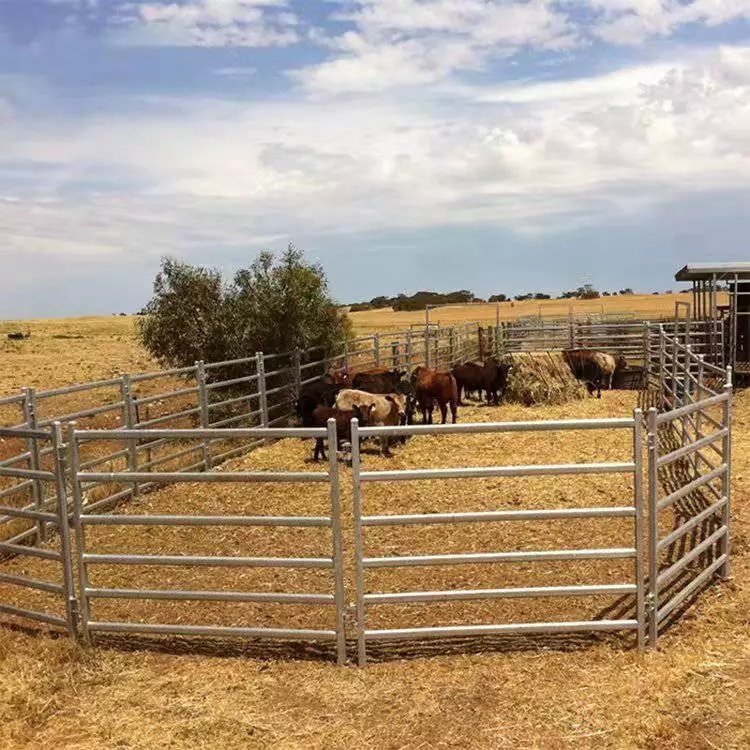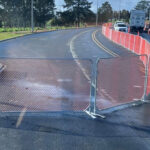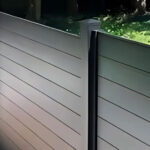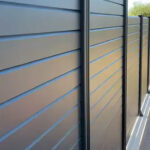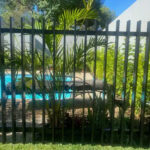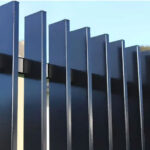The Ultimate Guide to Cattle Panels: Versatile Fencing Solutions for Your Farm
Are you looking for a durable, versatile, and cost-effective fencing solution for your farm or ranch? Look no further than cattle panels! These sturdy galvanized fencing options offer incredible flexibility for managing livestock, creating temporary enclosures, and even serving as garden supports. In this comprehensive guide, we’ll explore everything you need to know about cattle panels, from their specifications and uses to installation tips and creative applications. Whether you’re a seasoned farmer or just starting out, this article will help you make the most of these invaluable fencing tools.
What Are Cattle Panels and Why Are They So Popular?
Cattle panels, also known as livestock panels or farm panels, are heavy-duty welded wire fencing sections typically made from galvanized steel. These panels are designed to withstand the rigors of containing large animals like cattle, horses, and other livestock. But their versatility extends far beyond just animal containment.Key features that make cattle panels popular include:
- Durability: Made from sturdy galvanized wire, these panels can withstand years of use in harsh outdoor conditions.
- Versatility: They can be used for permanent fencing, temporary enclosures, gates, and even garden structures.
- Portability: Despite their strength, cattle panels are relatively lightweight and easy to move.
- Cost-effectiveness: Compared to other fencing options, cattle panels offer excellent value for their durability and versatility.
Types of Cattle Panels: Choosing the Right Option for Your Needs
When it comes to cattle panels, there’s no one-size-fits-all solution. Different types of panels are designed to meet specific needs. Here are some common varieties:
- Standard cattle panels
- Combo panels (for multiple species)
- Sheep and goat panels
- Horse panels
- Hog panels
Each type has unique specifications in terms of height, length, wire gauge, and spacing between vertical wires. For example, sheep and goat panels typically have smaller openings to prevent smaller animals from escaping, while horse panels are often taller and sturdier to contain larger animals.
Key Specifications: Understanding Cattle Panel Measurements
To choose the right cattle panel for your needs, it’s essential to understand the common specifications:
- Length: Most panels are 16 ft long, though some manufacturers offer 12-foot or 20 ft options.
- Height: Heights typically range from 4 to 6 feet, with 5 ft being a common choice for general use.
- Wire gauge: The thickness of the wire used, usually ranging from 4 gauge (thicker) to 6 gauge (thinner).
- Vertical wire spacing: The distance between vertical wires, which can vary from 2 inches to 8 inches or more.
For example, a typical cattle panel might be described as “16 ft x 50 inches, 4 gauge wire, with 8-inch spacing.” Understanding these specifications will help you choose the right panel for your specific needs.
How Are Cattle Panels Made? The Manufacturing Process
Cattle panels are built to last, thanks to a carefully engineered manufacturing process:
- Wire selection: High-quality steel wire is chosen for its strength and durability.
- Cutting: Wires are cut to the appropriate lengths for vertical and horizontal components.
- Welding: The wires are precisely welded together to form the panel grid.
- Galvanization: Panels undergo a hot-dip galvanizing process to protect against rust and corrosion.
- Quality control: Each panel is inspected to ensure it meets rigorous standards.
This process results in panels that are sturdy, weather-resistant, and capable of withstanding the pressures of containing large animals.
Installation Tips: Setting Up Your Cattle Panel Fence
Installing cattle panels can be a straightforward process, but there are some key steps to ensure a secure and long-lasting fence:
- Plan your layout: Determine the area you want to enclose and mark your post locations.
- Set your posts: Use sturdy wooden or metal posts, setting them at least 2 feet deep.
- Attach the panels: Secure the panels to the posts using heavy-duty fencing staples or U-bolts.
- Connect panels: Where panels meet, use panel clamps or wire to join them securely.
- Add gates: Incorporate gates as needed, using specialized gate panels or creating custom solutions.
Remember, proper installation is crucial for the safety of your animals and the longevity of your fence.
Beyond Fencing: Creative Uses for Cattle Panels
While their primary purpose is livestock containment, cattle panels have found numerous creative applications on farms and even in urban settings:
- Garden trellises: Create sturdy supports for climbing plants like peas, beans, and cucumbers.
- Temporary animal shelters: Bend panels into arches to form quick, portable shelters.
- Compost bins: Use panels to create easily accessible compost enclosures.
- Garden fencing: Keep deer and other pests out of your vegetable garden.
- Decorative elements: Incorporate panels into landscaping as rustic design features.
The versatility of cattle panels makes them a valuable asset for any property owner, whether you have livestock or not.
Maintenance and Care: Extending the Life of Your Cattle Panels
To get the most out of your investment in cattle panels, proper maintenance is key:
- Regular inspections: Check for any damage, loose connections, or signs of wear.
- Cleaning: Remove any built-up dirt or debris, especially in areas where animals frequently rub against the fence.
- Rust prevention: Although galvanized, touch up any scratches or worn areas with zinc-rich paint to prevent rust.
- Proper storage: If not in use, store panels in a dry area to prevent unnecessary weathering.
With proper care, your cattle panels can last for many years, providing excellent value for your farm or homestead.
Cost Considerations: Are Cattle Panels a Good Investment?
When evaluating fencing options, it’s important to consider both upfront costs and long-term value. Cattle panels often prove to be a cost-effective choice for several reasons:
- Durability: Their long lifespan means fewer replacements over time.
- Versatility: The ability to repurpose panels for different uses increases their value.
- Low maintenance: Minimal upkeep requirements save time and money.
- Resale value: Quality panels often retain value if you decide to sell them.
While the initial investment may be higher than some temporary fencing options, the long-term benefits often outweigh the costs for many farmers and property owners.
Safety First: Ensuring Proper Use of Cattle Panels
While cattle panels are generally safe when used correctly, it’s important to keep some safety considerations in mind:
- Proper handling: Use gloves when moving panels to avoid cuts from wire edges.
- Secure installation: Ensure panels are firmly attached to posts to prevent animals from pushing them over.
- Animal safety: Choose appropriate panel types and spacing for the animals you’re containing to prevent injuries.
- Child safety: If using panels in areas accessible to children, be aware of potential climbing hazards.
By following these safety guidelines, you can create a secure environment for both animals and humans.
Where to Buy: Finding Quality Cattle Panels
When it’s time to purchase cattle panels, you have several options:
- Local farm supply stores: Often carry a selection of panels and can offer advice.
- Online retailers: Provide a wide range of options and can ship directly to your property.
- Manufacturers: Buying directly from manufacturers like Metallzaun-Technik can sometimes offer better prices for bulk orders.
When choosing a supplier, consider factors like product quality, customer service, and delivery options to ensure you get the best value for your investment.
Conclusion: Harnessing the Versatility of Cattle Panels
Cattle panels are truly a farmer’s best friend, offering unparalleled versatility, durability, and value. From containing livestock to supporting your garden, these galvanized wonders have countless applications on farms, ranches, and even urban homesteads. By understanding the different types available, proper installation techniques, and creative uses, you can make the most of these invaluable fencing tools.Whether you’re managing a large herd or just looking for flexible fencing solutions for your property, cattle panels deserve a place in your agricultural toolkit. With their strength, adaptability, and long-lasting nature, they’re an investment that will continue to pay dividends for years to come.Key takeaways to remember:
- Choose the right panel type for your specific needs
- Understand panel specifications to make informed decisions
- Proper installation and maintenance are crucial for longevity
- Explore creative uses beyond basic fencing
- Consider the long-term value when evaluating costs
- Always prioritize safety when using cattle panels
By keeping these points in mind, you’ll be well-equipped to make the most of cattle panels on your property, enhancing your farm management and unleashing your creativity in the process.
